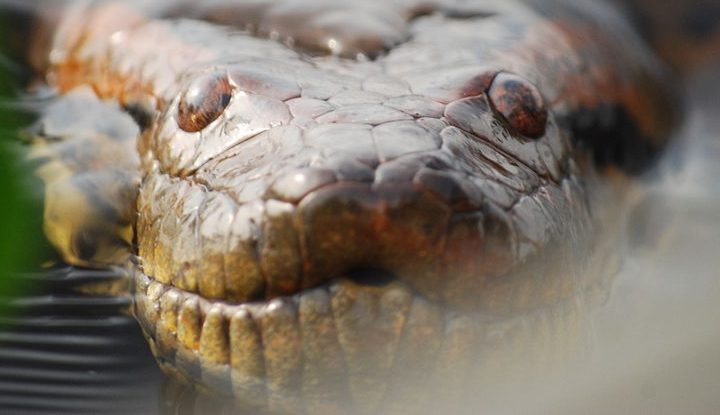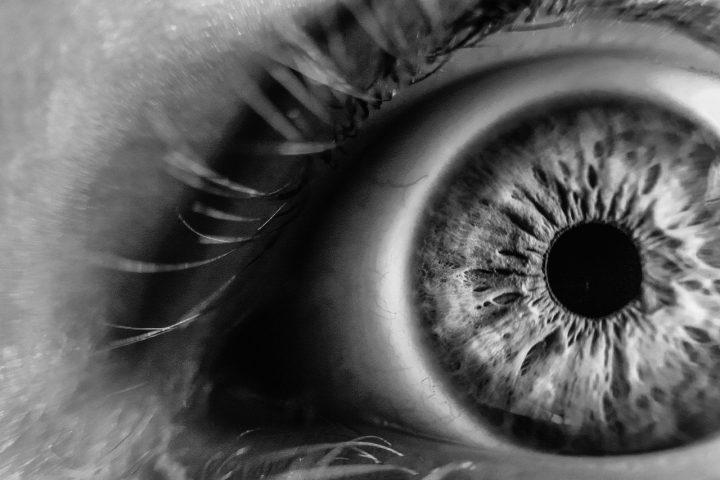A recent study suggests that the olfactory perception of potential mates could significantly impact the lifespan and reproductive capabilities of animals, shedding light on the intricate interplay between social cues and aging processes.
Conducted by scientists from New Zealand and Australia, the study focused on male mice and their responses to the scent of unfamiliar females during middle to old age. The findings indicated that mere exposure to these female odors led to a decrease in the number of litters sired later in life by the male mice. Furthermore, those males who engaged in mating after being exposed to the scent of outsider females were found to have a higher likelihood of premature mortality compared to their counterparts who did not encounter such olfactory stimuli before mating.
Lead author Michael Garratt, a biomedical scientist from the University of Otago in New Zealand, emphasized the significance of these results in understanding the aging process. He noted that the study contributes to the growing body of evidence suggesting that indirect cues from potential mates can influence aging trajectories in animals.
The research builds upon previous studies indicating that the nervous system allocates resources between reproduction and aging based on environmental signals. Pheromones from mates have been shown to accelerate aging in various species, including worms and fruit flies, by activating brain reward pathways associated with mating behaviors.
Interestingly, the study also explored the impact of exposure to female odors on reproductive aging in male mice across different social environments. Contrary to initial hypotheses, neither speeding up nor mimicking the positive effects of mating accurately described the observed outcomes. Instead, exposure to unknown female odors was found to impair later-life fertility in male mice, regardless of their prior mating experiences.
The authors highlight the importance of sensory perception in driving life-history trade-offs in mammals. They suggest that sensing new females in the environment may trigger physiological changes in male mice, potentially enhancing their reproductive investment and influencing mortality outcomes.
In conclusion, the study underscores the intricate relationship between olfactory cues, reproductive aging, and mortality in male mice, offering valuable insights into the broader understanding of evolutionary strategies and life-history trade-offs in mammals.
The study has been published in Proceedings of the Royal Society B: Biological Sciences.





